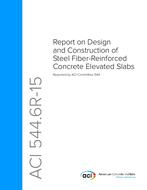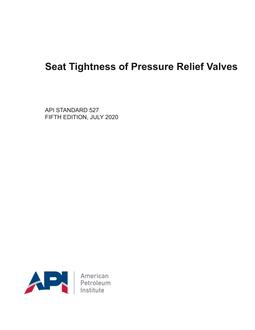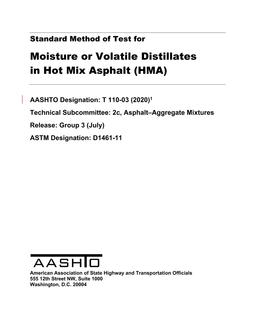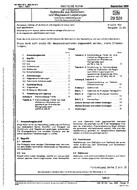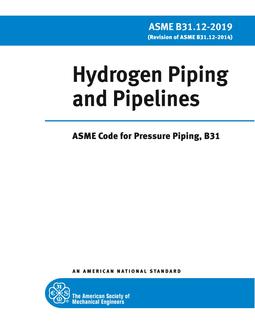Description
ACI 544.6R – Report on Design and Construction of Steel Fiber-Reinforced Concrete Elevated Slabs
Construction of slabs in areas with weak soil conditions has commonly used pile-supported slab structural design so that the adverse effects of soil-structure interaction in terms of differential settlement, cracking, or long-term serviceability problems are avoided. In this application, the construction of slabs on closely spaced pile caps (typical span-depth ratios between 8 and 30) is referred to as elevated ground slabs (EGSs). These slabs may be subjected to moderately high loading, such as concentrated point loading of up to 44 kip (150 kN) and uniformly distributed loadings of 1000 lb/ft2 (50 kN/m2). The dynamic loadings may be due to moving loads such as forklifts, travel lifts, and other material handling equipment. Fiber-reinforced concrete (FRC) has been successfully used to address the structural design of these slabs. Based on the knowledge gained, the area has been extended to a construction practice for slabs supported by columns as well. Applications are further extended to multi-story building applications. This report addresses the methodology for analysis, design, and construction of steel FRC (SFRC) slabs supported on piles or columns (also called elevated SFRC [E-SFRC]). Sections of the report address the history, practice, applications, material testing, full-scale testing, and certifications. By compiling the practice and knowledge in the analysis design with FRC materials, the steps in the design approach based on ultimate strength approach using two-way slab mechanisms are presented. The behavior of a two-way system may not require the flexural strength of conventional reinforced concrete (RC) because of redistribution, redundancy, and failure mechanisms. Methods of construction, curing, and full-scale testing of slabs are also presented. A high dosage of deformed steel fibers (85 to 170 lb/yd3 [50 to 100 kg/m3]) is recommended as the primary method of reinforcement. Procedures for obtaining material properties from round panel tests and flexural tests are addressed, and finite element models for structural analysis of the slabs are discussed. Results of several full-scale testing procedures that are used for validation of the methods proposed are also presented.
Product Details
- Published:
- 09/01/2015
- ISBN(s):
- 9781942727323
- Number of Pages:
- 44
- File Size:
- 1 file , 8.2 MB
- Note:
- This product is unavailable in Russia, Ukraine, Belarus

